Nech Sar National Park
The park is bordered to the north by Lake Abaya, to the south by Lake Chamo and to the east and west by southern Ethiopian Rift Valley escarpments. The park consists of forest, bush-land, grassland, wetlands, rivers, and two swift valley lakes.
Year of establishment
1967 E.C
Location
Found in the Southern Nations, Nationalities and Peoples’ Regional State which is 510 kms away from Addis Ababa, the capital city of Ethiopia.
Area
514 km2, of which 85% is land and 15%, is water.
Climate
Annual rainfall averages 880mm with most falling in March-May, and a smaller amount in September-November. The average maximum temperature is 300 C while the average minimum is 170C. January to March is the hottest time of the year, while the months of November and December are usually the coolest.
Altitude
The altitude ranges from 1,108 at the shore of Lake Chamo to 1,600 meters at the eastern mountain slopes.
How to reach the park
It is easily accessible by air (with three scheduled Ethiopian Airlines flight a week) to Arba Minch, 10 minutes drive from the park entrance. There is also highway from Addis Ababa. The park is located at the eastern age of Arba Minch, five minutes drive from the downtown, Sikela.
Mammals
The park includes 91 species of mammals of which the common Zebra, Swayne’s hartebeest, Grants gazelle, Greater kudu, Guenther’s dikdik, Anubis baboon, Colobus monkey, and Hippopotamus.
Birds
The park harbors 351 bird species of which three species that are little known in Ethiopia are white-tailed lark, the endemic Nech Sar nightjar and the rare Star-spotted nightjar.
Fish
A total of 16 species are generally recorded for both Abaya and Chamo lakes and of these, two are endemic to Ethiopia, namely Labeo brunelli and Marcusenius annamariae.
Reptiles and Amphibians
Considerable number of snakes lizards, tortoise, and frogs are found in the park. A total of 21 species of snakes including the African egg-eater, amazing snake occurs in the area. Lake chamo is famous for being home to some of the largest Nile crocodiles in Africa.
Invertebrates
The butterflies are a common feature in Nech Sar National Park.
69% of the butterfly species are recorded within the park, 20% of them are endemic to Ethiopia. 18 species of dragonflies have already been recorded.
Visiting time
6 a.m. – 6 p.m.
Cultural food
Kotcho, a pan cake made from Enset
kitfo which is prepared from raw meat
What to visit in the park
- The largest Ethiopian Rift Valley Lakes, Lake Abaya (which is murky brown water in color) covers 1,160km2 to the north and Lake Chamo (which is blue water with white sands) covers 316km2 to the south.
- Crocodile market at Chamo lake.
- More than 40 bubbling springs water
- Ground water forest.
- “Bridge of God” piece of land which separates the Abaya and Chamo lakes.
- Kulfo River flows for 15 kms in the park and finally joins Lake Chamo. The Sermale River flows through the eastern portion of the park and joins the Mio River.
- Nech Sar (“white grass” in Amharic) plains cover an area of 10,000 hectares.
- Hot spring at ‘Tebela’.
- The spectacular Amaro Mountains.
- Wetlands which are breeding and nursery areas for fish and crocodiles.
- 306 plant species including six species which are endemic to Ethiopia.
- On the way Sinkele Swayne’s Hartebeest Sanctuary, Mago and Omo National Parks and Arba Minch Crocodile Farm can be visited.
Where to stay
Two camping sites are available in the park. There are a number of hotels and lodges in both towns of Arba Minch namely Sikela and Secha. Camping visitors are advised to bring necessary materials with them.
What to take with you
Sufficient water especially while visiting the plains, the hot springs and the lakes. If you plan to camp, you need to bring all relevant materials (like tents, sleeping bag, binoculars, cameras, mosquito repellent and light cloths).
Source: EWCA

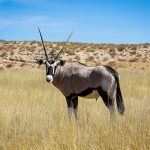
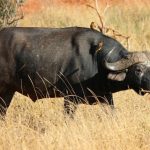
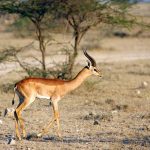
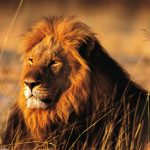

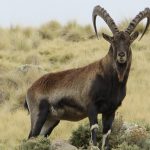

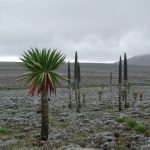
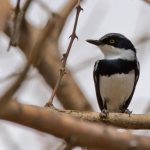


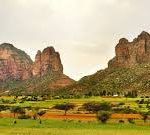
Leave a Reply